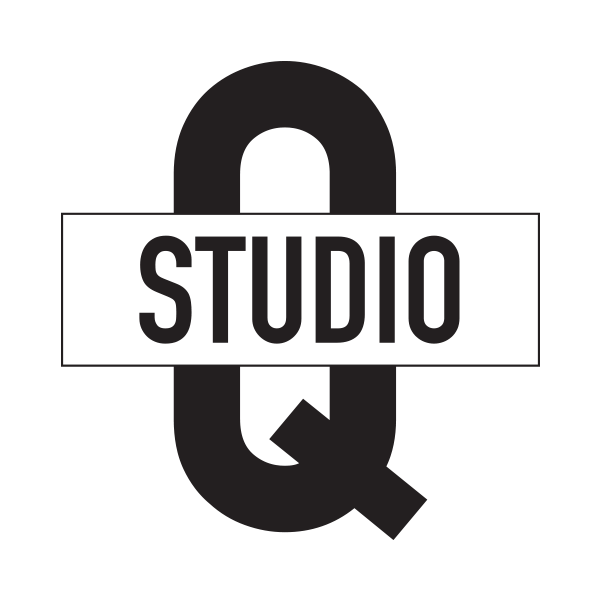Art gives us the ability to create ideas and physically manifest them. Think about that: the ability to make something that exists only as a thought or an idea. That is mind-twisting! In my opinion, it’s a good definition of the word magic. See Becker’s quote below.
“Man has “a mind that soars out to speculate about atoms and infinity, who can place himself imaginatively at a point in space and contemplate bemusedly his own planet. This immense expansion, this dexterity, this ethereality, this self-consciousness gives to man literally the status of a small god in nature... Yet, at the same time... man is a worm and food for worms.”
It can be any form of expression—writing, sculpting, painting, music, photography, etc. Something that engages one or several of our senses. When I was young—10 or 12 years old—I wanted to be a figure sculptor. I got very interested in wax as a material. I visited a wax museum in Orlando, Florida, and I believe it was converted to Madame Tussauds a few years ago.
I was hooked. It was something about seeing the human figure re-created in such a way that you could really study it—almost feel its presence. There were Star Trek figures there; that’s what got me. I had my Polaroid portrait made with Spock. I still have that picture. It moved me tremendously.
One of my favorite things to do is use light to shape objects and bring out the essence of what they are or could be. So many people simply expose a picture and hope for the best. I think that takes so much of the creativity away. It turns creating something into a mechanical exercise.
“Deer Antlers in Ute Pot: Print #2,” 10” x 10” (25,4 x 25,4 cm) RA-4 Reversal Direct Color Print August 5, 2023
"The tragedy of a species becoming unfit for life by over-evolving one ability is not confined to humankind. Thus, it is thought, for instance, that certain deer in paleontological times succumbed as they acquired overly-heavy horns. The mutations must be considered blind; they work and are thrown forth without any contact of interest with their environment. In depressive states, the mind may be seen in the image of such an antler, in all its fantastic splendor, pinning its bearer to the ground."
Peter Zapffe, The Last Messiah
The species of deer that Zapffe has in mind is the Irish elk (Megaloceros giganteus), which thrived throughout Eurasia during the ecological epoch known as the Pleistocene (2.6 million to 11,700 years ago). The Irish elk had the largest antlers of any known deer, with a maximum span of 3.65 meters. Historically, the explanation given for the extinction of the Irish elk was that its antlers grew too large: the animals could no longer hold up their heads or feed properly; their antlers, according to this explanation, would also get entangled in trees, such as when trying to flee human hunters through forests.
A surplus of consciousness and intellect is the default state of affairs for the human species, although unlike the case of the deer that Zapffe alludes to, we have been able to save ourselves from going extinct. Zapffe posits that humans have come to cope and survive by repressing this surplus of consciousness. Without restricting our consciousness, Zapffe believed the human being would fall into “a state of relentless panic” or a ‘feeling of cosmic panic’, as he puts it. This follows a person’s realization that “[h]e is the universe’s helpless captive”; it comes from truly understanding the human predicament. In the 1990 documentary To Be a Human Being, he stated:
"Man is a tragic animal. Not because of his smallness, but because he is too well endowed. Man has longings and spiritual demands that reality cannot fulfill. We have expectations of a just and moral world. Man requires meaning in a meaningless world."
The Irish elk (Megaloceros giganteus), which thrived throughout Eurasia during the ecological epoch known as the Pleistocene (2.6 million to 11,700 years ago). The Irish elk had the largest antlers of any known deer, with a maximum span of 3.65 meters.






